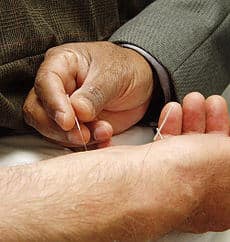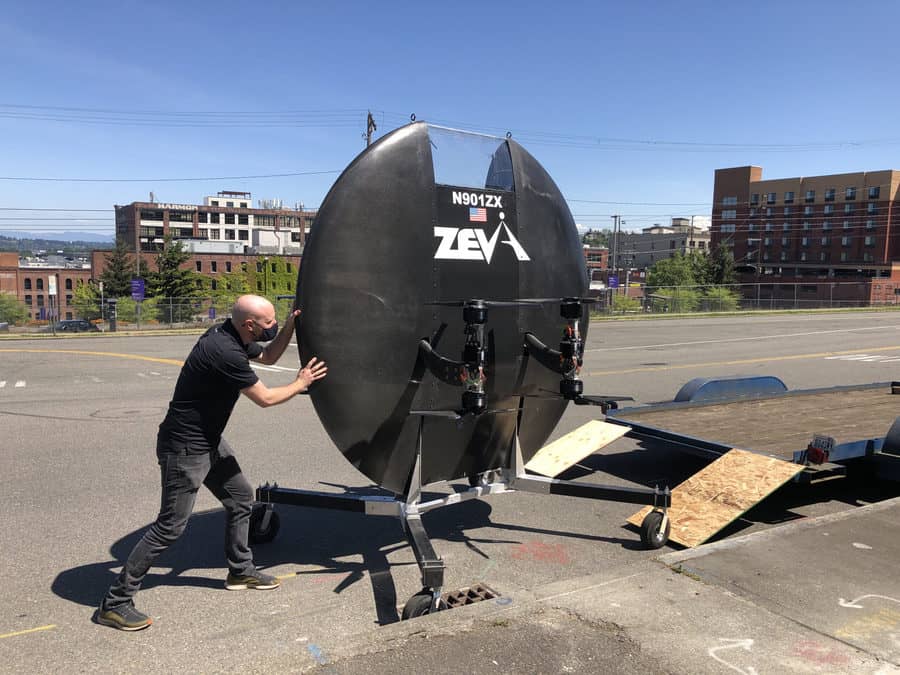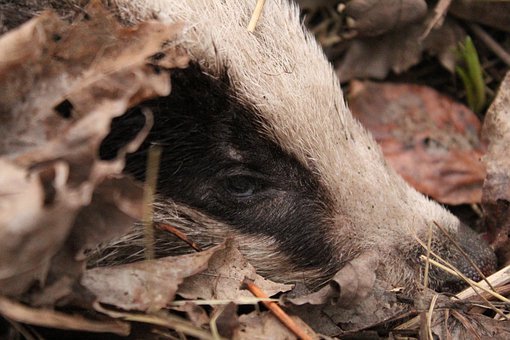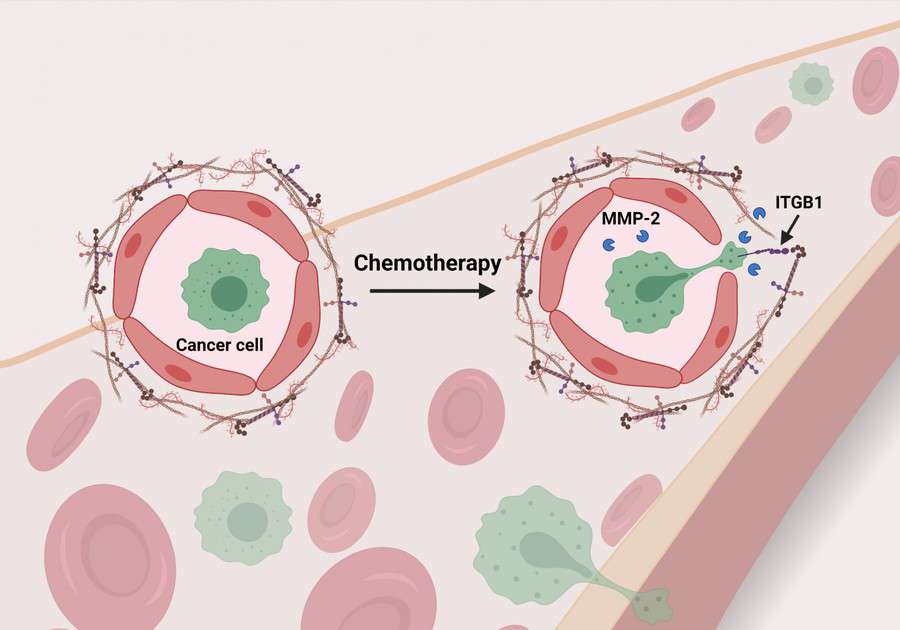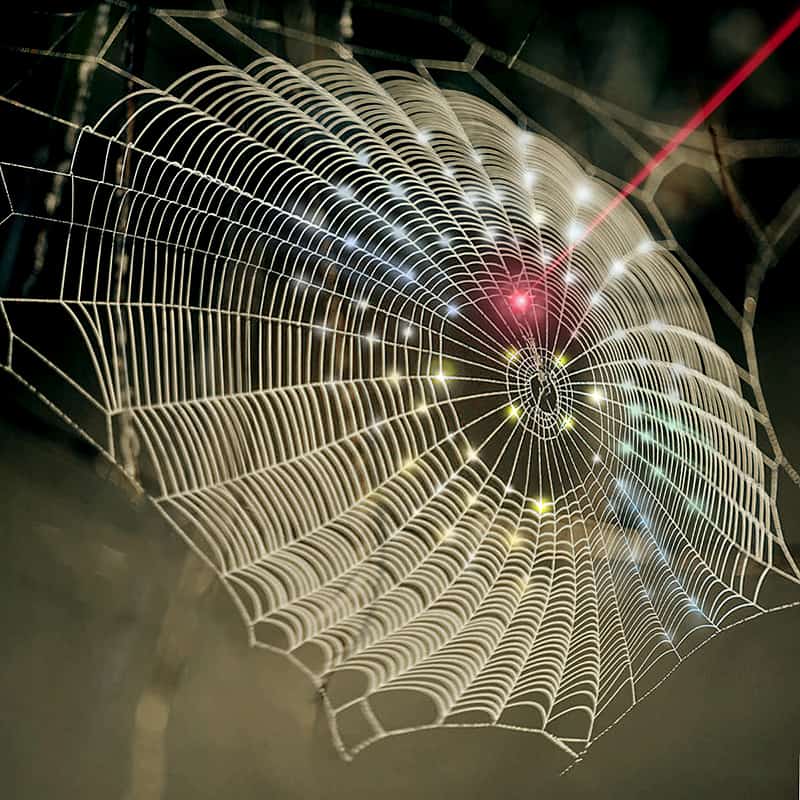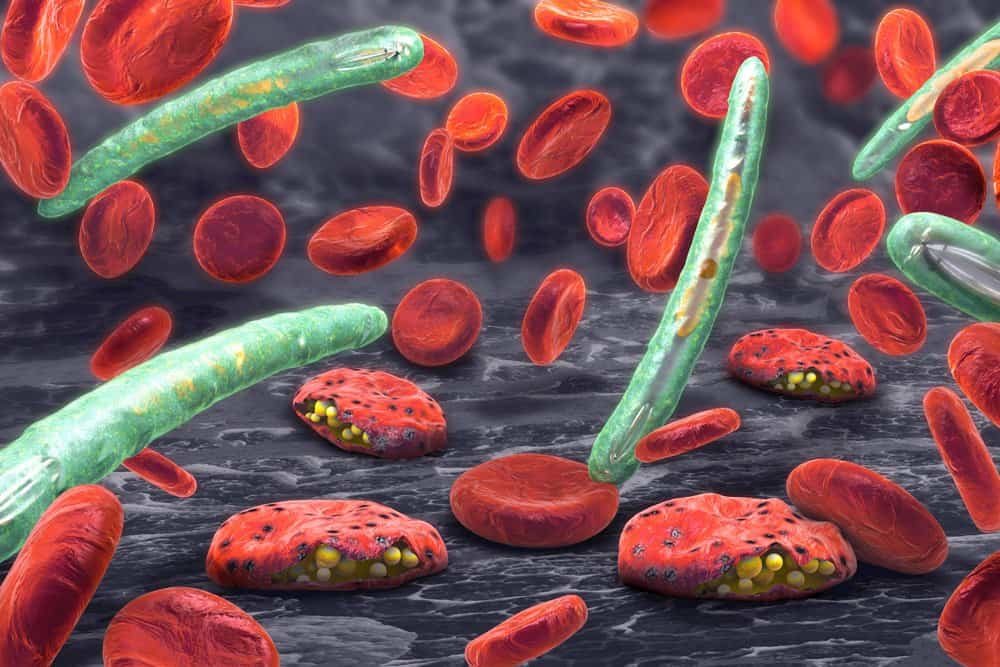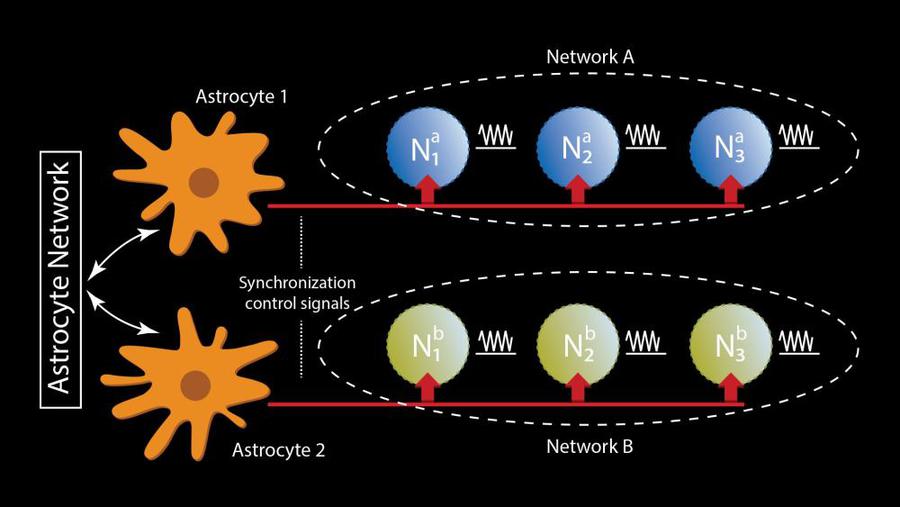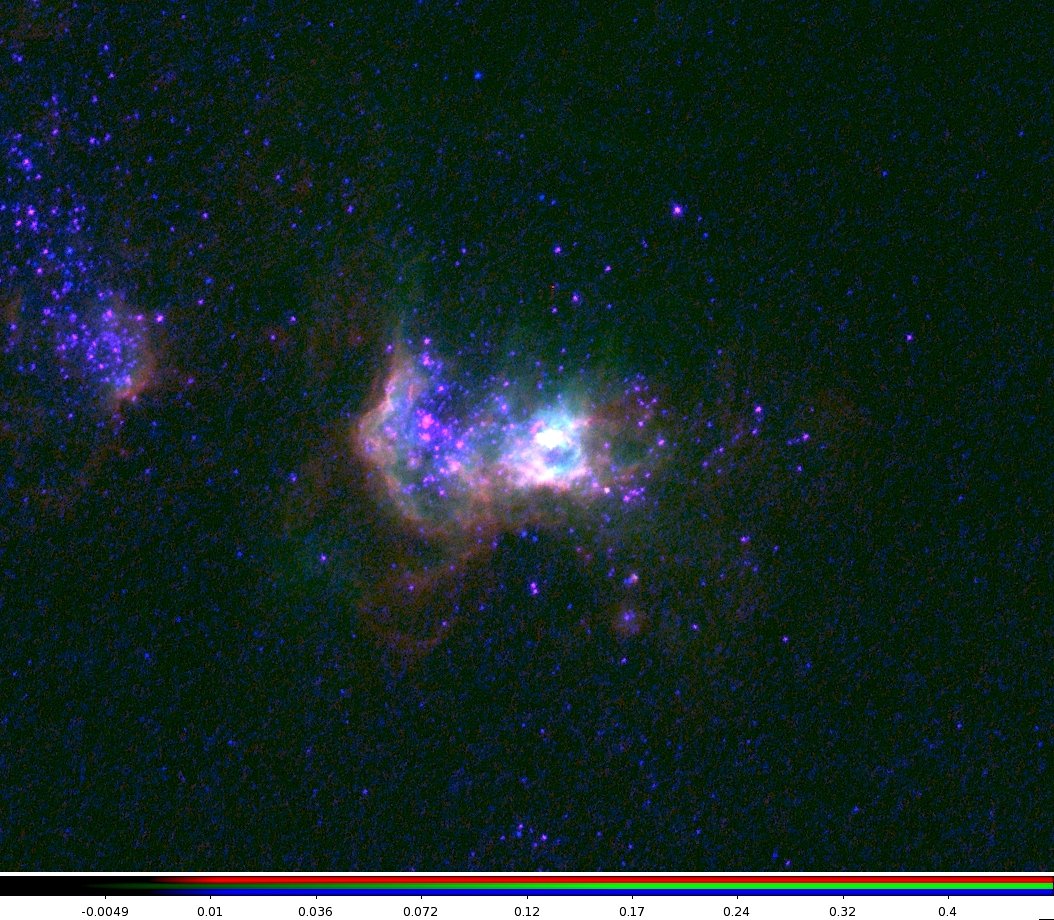Acupuncture is a traditional Chinese technique that has been used for millennia to treat chronic pain and other health problems associated with inflammation, yet the scientific basis of the technique remains poorly understood. Now, a team of researchers led by neuroscientists at Harvard Medical School has elucidated the underlying neuroanatomy of acupuncture that activa In […]
Read More